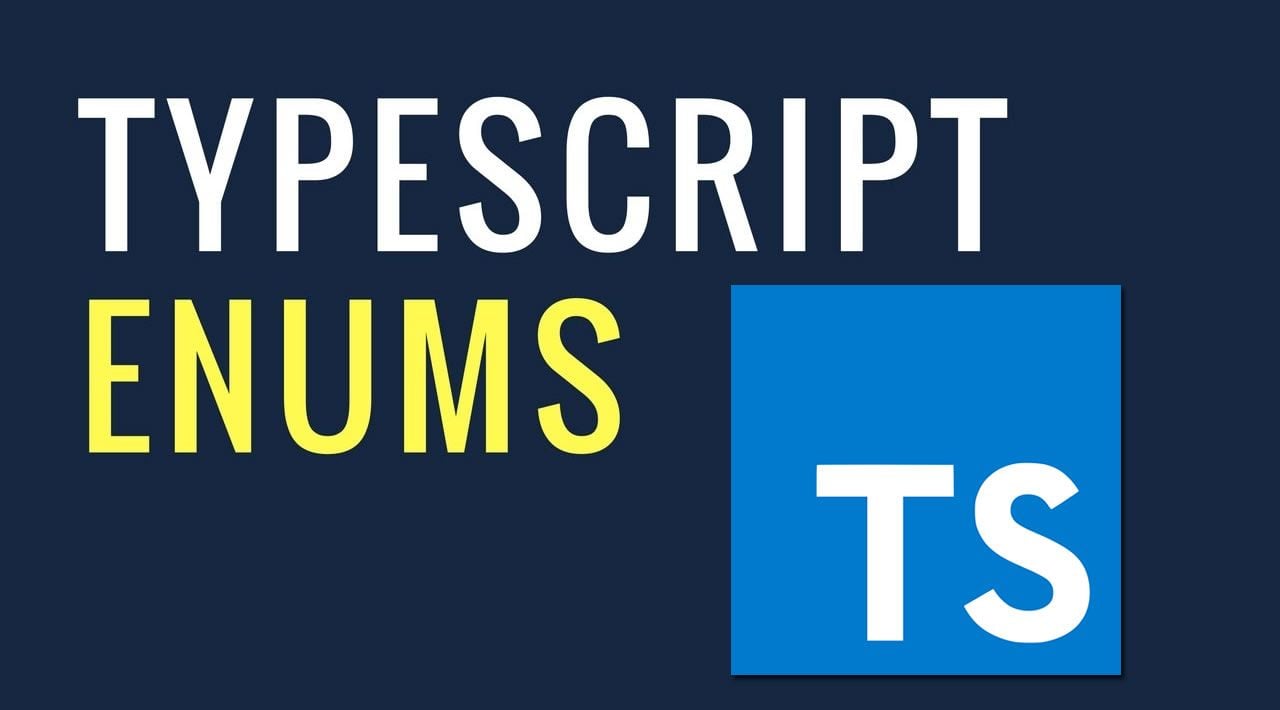In TypeScript, enums, or enumerated types, are data structures of constant length that hold a set of constant values. Each of these constant values is known as a member of the enum. Enums are useful when setting properties or values that can only be a certain number of possible values. One common example is the suit value of a single card in a deck of playing cards. Every card that is drawn will either be a club, a diamond, a heart, or a spade; there are no possible suit values beyond these four, and these possible values are not likely to change. Because of this, an enum would be an efficient and clear way to describe the possible suits of a card.
Whereas most features of TypeScript are useful for throwing errors during compilation, enums are also useful as data structures that can hold constants for your code. TypeScript translates enums into JavaScript objects in the final code emitted by the compiler. Because of this, you can use enums to make a codebase more readable, as you can have multiple constant values grouped in the same data structure, while also making the code more type-safe than just having different const variables laying around.
This tutorial will explain the syntax used to create enum types, the JavaScript code that the TypeScript compiler creates under the hood, how to extract the enum object type, and a use case for enums that involves bit flags in game development.
#typescript #javascript
